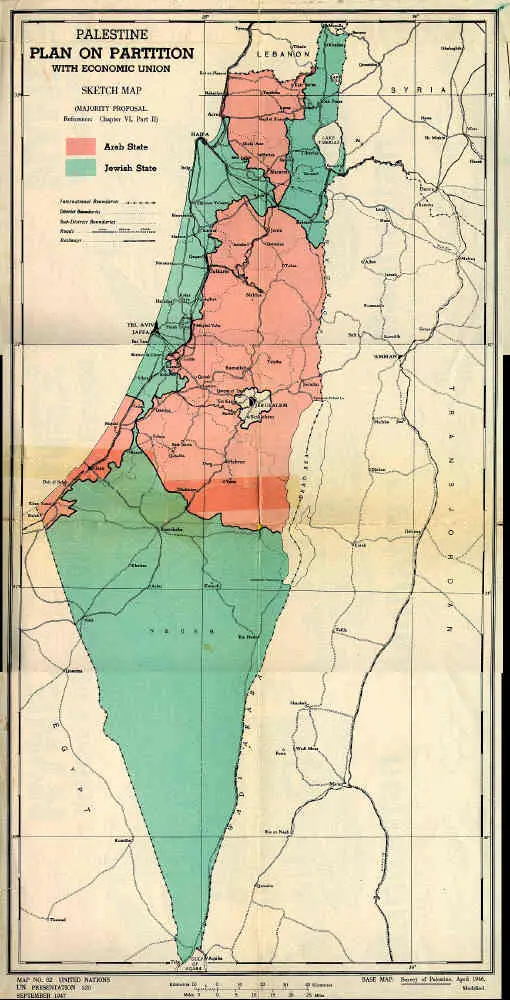QuoteEveryone living under Israeli rule should have the same rights.
Agreed. Next.....................
Quote
I don't know what is going to happen to Israel. The settlers are not going anywhere. I think Zionism will collapse. It is hard to see the younger generation of US Jews continuing to support Israel as it becomes more and more extremist.
Nobody knows, not even Israel/palestinians. The settlers are being used by the Israeli government as leverage. Their thinking is that the more violence there is from the palestinians, the more they're going to build. Wrong way to go about it, but if they stop now, then they are going to look weak. They are caught between a rock and a hard place. Personally I think they should make step by step withdrawls based on the ongoing security situation. The longer there's peace, the more settlers get shipped out. If they won't move then tell them they will be governed by PA. Their choice.
If you want to talk about anyone becoming more extremist, then look no further than the palestinians. They are taught in all the PA schools that all of Israel is palestine and that they are going to drive the jews dogs out. They are taught that martyrdom is virtuous and those that kill jews are heroes. Not very peaceful or conciliatory, is it.
QuoteThe outlines of a settlement have been clear since 1967. Get all the settlers out and let the Palestinians have their own state. No land swaps. Compensation for 1948.The palestinians are in the process of forming their own state. They were offered a state of their own (far larger than what they have now) by the UN in 1947, but refused to accept any jewish state, even at the expense of not having one of their own. Who's fault is that?

Why no land swaps? If it is advantageous for the continued long term security of both sides to swap land, then why not?
Lets be realistic, Israel is not going to go back to the green line. The security wall is roughly what Israel is realistically going to accept, bar a few land swaps here and there.
Compensation for those made refugees by the 1948 war should only be considered if all refugees are compensated. That means anyone forced from their homes in Israel, or in any arab country due to the war in Israel. Many thousands were forced from their homes in neighbouring countries as a direct result of the 48 war. It's only fair, don't you think?
QuoteIf it was, I'd be the biggest antisemite out there.
It is not antisemitic to say the settlers should f**k off back to Israel.
**edit. map added**


